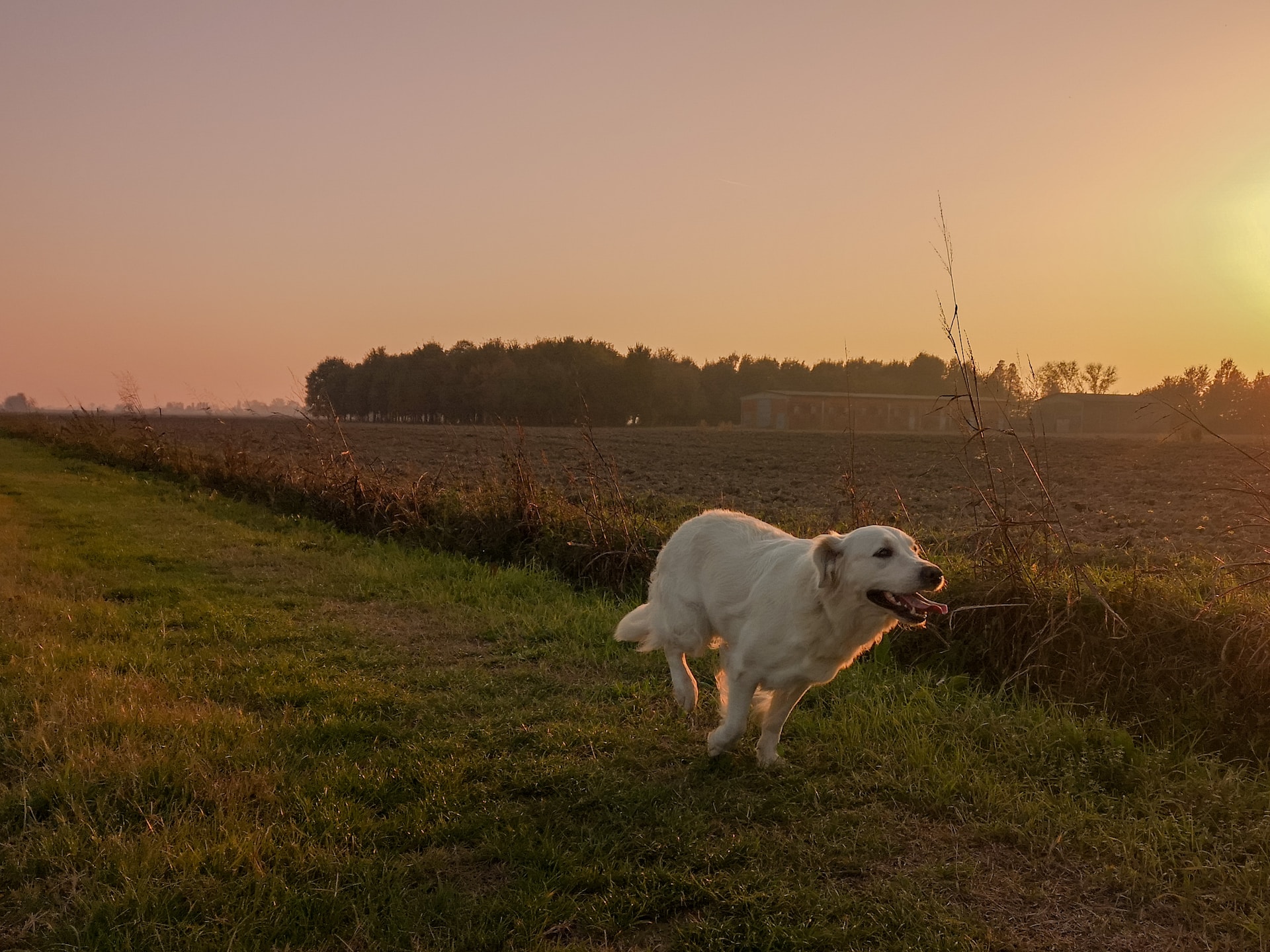Are you looking to train your Labrador to walk on a leash? Walking is an essential skill for every dog, and with a little patience and consistency, you can teach your furry friend to walk beside you like a pro. In this article, I’ll share some tips and techniques on how to train a Labrador to walk nicely on a leash.
One important aspect of leash training is teaching your Labrador to focus on you during walks. Start by using treats or toys as rewards to capture their attention and encourage them to stay close by your side. Consistently reward them when they maintain the desired position, reinforcing positive behavior.
Proper leash etiquette is another crucial element of walking training. Teach your Labrador how to walk without pulling by gently guiding them back when they start tugging at the leash. Use simple commands like “heel” or “let’s go” while guiding them towards the correct position next to you.
How to Train a Dog to Walk
Selecting the Appropriate Leash Length
The length of the leash plays a significant role in maintaining control while allowing freedom for your Labrador to explore. Here are a few factors to consider when choosing the right leash length:
- Short leashes: Short leashes, typically around 4-6 feet long, offer better control and are ideal for teaching obedience commands such as “heel” or “stay.” They enable you to keep your Labrador close by your side during walks, minimizing distractions and promoting focused training sessions.
- Long leashes: Long leashes, typically ranging from 10-30 feet long, promote more freedom of movement for your Labrador during walks. They are particularly useful when working on recall training in open areas or allowing gentle exploration without compromising safety.
- Retractable leashes: Retractable leashes combine versatility with convenience by providing adjustable lengths that can be locked at various distances. However, they require responsible handling as excessive slack can lead to entanglement or loss of control if unexpected situations arise.

Start with Basic Training Commands
When it comes to training your dog to walk, starting with basic training commands is essential. These commands lay the foundation for good behavior and control during walks. By teaching your furry friend a few key commands, you’ll not only have better control while walking but also strengthen the bond between you and your Labrador.
Teaching the ‘Sit’ Command
The “sit” command is one of the fundamental commands that every dog should learn. It helps in gaining control over their impulses and prevents them from pulling or jumping during walks. Here’s how you can teach your Labrador to sit:
- Begin by holding a treat close to your dog’s nose, allowing them to smell it.
- Slowly move the treat upwards towards their head, causing their bottom to lower naturally.
- As soon as they sit down, say “sit” clearly and give them the treat as a reward.
- Repeat this process several times until they understand the association between sitting and the command.
Introducing the ‘Stay’ Command
The “stay” command ensures that your Labrador remains in one place until given permission to move forward during walks. This command is especially useful when approaching busy streets or when encountering other dogs or distractions along the way. Follow these steps to teach your dog how to stay:
- Ask your Labrador to sit in front of you.
- Hold out your hand like a stop sign and firmly say “stay.”
- Take a small step backward while maintaining eye contact with your dog.
- If they stay in place without moving, praise them with verbal cues like “good job” or use treats as positive reinforcement.
- Gradually increase both distance and duration as they become more comfortable with staying still.
Building Recall with the ‘Come’ Command
The “come” command is crucial for ensuring that your Labrador returns promptly when off-leash during walks or if they happen to wander away. Here’s a step-by-step guide on teaching your dog to come when called:
- Start in a controlled environment, like your backyard or a quiet park.
- Call your dog’s name followed by the command “come” in an enthusiastic tone.
- Use positive reinforcement such as treats or praise when they respond and come towards you.
- Gradually increase the distance between you and your Labrador while practicing the command.
- Practice recall training regularly in different environments, gradually adding distractions to reinforce their response.
By incorporating these simple yet effective commands into your dog’s training routine, you’ll be well on your way to enjoying pleasant walks together with your well-behaved Labrador. When it comes to training a dog to walk, implementing positive reinforcement techniques can be highly effective. This approach focuses on rewarding desired behaviors rather than punishing unwanted ones. As an expert in dog training.
By implementing these positive reinforcement techniques consistently, you’ll not only train your Labrador to walk on a leash but also strengthen the bond between you and your furry companion. Happy training!